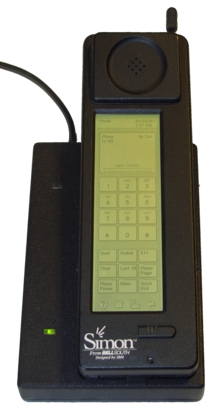
 Source | Dr. Goose
Source | Dr. Goose










Register as a Society Member:
Individual Membership:
Follow the Society’s WeChat: China Command and Control Society (c2_china), reply “Individual Member” to get the membership application form, fill it out as required, and if you have any questions, you can leave a message in the official account. You can only pay the membership fee online through Alipay after passing the Society’s review.
Unit Membership:
Follow the Society’s WeChat: China Command and Control Society (c2_china), reply “Unit Member” to get the membership application form, fill it out as required, if you have any questions, you can leave a message in the official account. You can only pay the membership fee after passing the Society’s review.
Long press the QR code below to follow the Society’s WeChat
